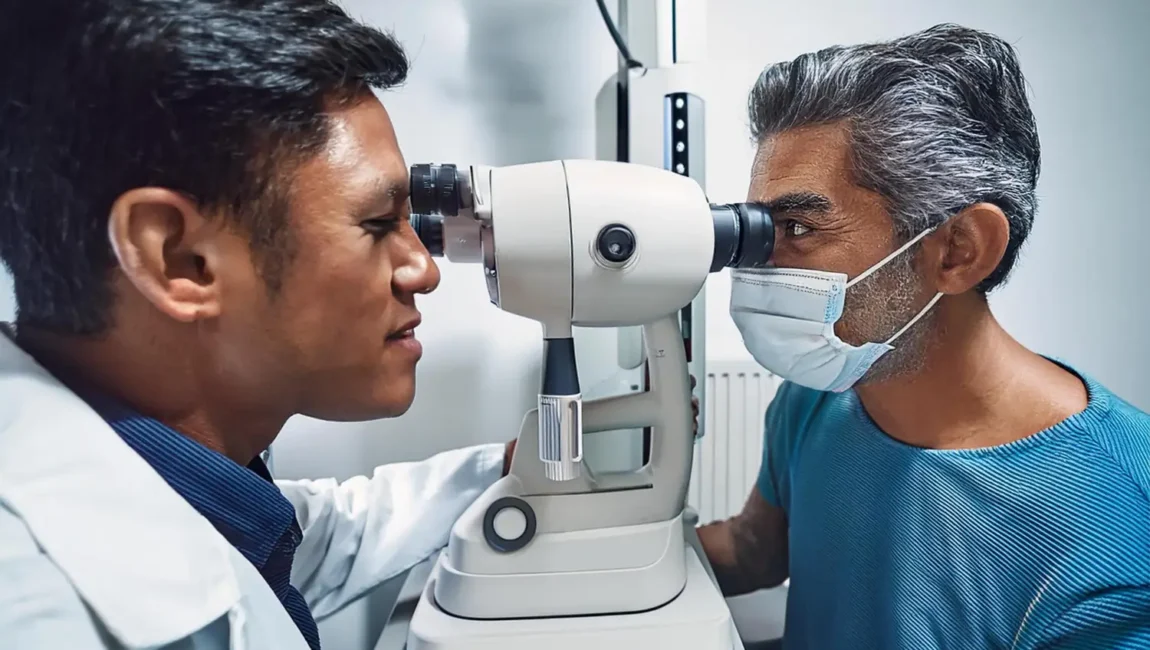
Cataract surgery is one of the most common and successful procedures in the world. Today, patients have two primary options: traditional cataract surgery and laser-assisted cataract surgery (FLACS – Femtosecond Laser-Assisted Cataract Surgery). While both methods aim to restore clear vision by replacing the cloudy lens with an intraocular lens (IOL), they differ in technique and technology.
Traditional Cataract Surgery
In traditional surgery, the surgeon uses a handheld blade to make a small incision in the cornea. Through this incision, an ultrasound probe (phacoemulsification) is inserted to break up the cataract, which is then suctioned out. Afterward, an artificial IOL is placed in the eye.
Traditional surgery has a long track record of safety, effectiveness, and affordability. It’s still the most widely performed method worldwide. Millions of people regain excellent vision each year through this approach.
Laser-Assisted Cataract Surgery (FLACS)
Laser cataract surgery uses a femtosecond laser instead of manual blades. The laser automates key steps:
- Creating precise corneal incisions,
- Performing a perfectly centered capsulotomy (opening of the lens capsule),
- Softening the cataract for easier removal.
Laser technology allows micron-level precision and customized treatment based on the unique structure of your eye. It’s particularly beneficial when implanting premium lenses like multifocal, EDOF, or toric IOLs, where perfect positioning is critical for best visual outcomes.
Key Differences Patients Should Know
- Precision: Laser surgery offers greater precision, reducing risks associated with manual handling.
- Customization: The procedure can be tailored exactly to the patient’s eye anatomy.
- Recovery: Some patients experience faster healing and less post-operative discomfort with laser surgery.
- Cost: Laser cataract surgery typically costs more and may not be fully covered by insurance plans.
Which One Should You Choose?
Both methods are highly effective. If you’re opting for a premium IOL, have astigmatism correction needs, or prefer the highest precision, laser-assisted surgery may offer advantages. However, traditional surgery remains an excellent choice, especially for patients seeking a reliable and budget-friendly option.
Talk to your eye surgeon about your vision goals, eye health, and lifestyle to choose the best technique for you. Clear vision is achievable—whether you go traditional or high-tech!